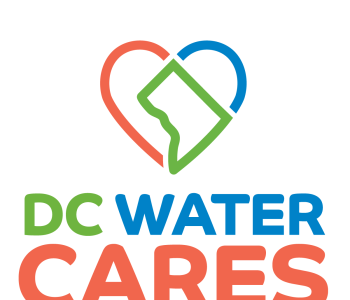DC Water launches Interactive Map of Service Lines;
DC Water today announced the launch of a new interactive map and other online content designed to help property owners identify the material that makes up their water service lines, where that information is available. The new map allows customers to enter an address to see the information that DC Water has in its records pertaining to service pipe material, in public space and on private property. The map is available at dcwater.com/servicelines.
Several new web pages accompany the map, including an explanation of the service line connections and a new Frequently Asked Questions document. This is in addition to the robust information already on dcwater.com regarding lead in water, how to identify lead service lines, how to request free testing and what residents should do if they have lead service lines or other lead sources in their premise plumbing.
Tests show that overall our lead levels are historically low. However, every property is unique and we want our customers to have easy access to all of the available information about their service lines, so they can make informed decisions to minimize their exposure to lead in water, said DC Water CEO and General Manager George S. Hawkins. Removing sources of lead, including the service lines, is the most effective way to minimize exposure. DC Water will pay for the replacement of lead service lines in public space if property owners elect to replace their portion of the line located on private property.
The Districts drinking water system dates back to the 1800s, and lead pipes were commonly installed prior to the mid-1950s and even as late as 1977. DC Water has collected pipe material data for service lines based on permit records, water main tap records, meter records, and maintenance, repair and replacement work. If available, DC Water has recorded the type of pipe material by the sections of the service line in public space and the portion from the property line to the building.
However, the records are incomplete and in some cases the pipe material information is not available. Property owners are encouraged to contact DC Water if they have information on the material of their service line that is not reflected in DC Waters records. They are asked to send that information to: leadtest@dcwater.com and include pictures or any additional documentation they may have.
DC Water purchases treated drinking water from the US Army Corps of Engineers Washington Aqueduct. Water is lead-free when it leaves the treatment plant, but lead can be released when the water comes in contact with pipes and plumbing fixtures that contain lead. Lead sources and lead levels vary between buildings, so it is important to identify and remove any lead sources in each household. DC Water encourages pregnant or nursing women and children under age six to use filtered tap water for drinking water and cooking until all lead sources are removed. Filters certified for lead removal are required to meet NSF Standard 53.
Minimizing lead exposure is the shared responsibility of DC Water and individual residents. DC Water strongly encourages residents to identify and remove any lead pipes or plumbing materials serving their home. For more information on lead in water, please visit dcwater.com/lead.






